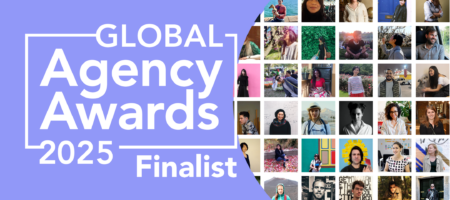Our clients commission inspiration when they need to shape, adapt or create their work in new ways. Satisfying a business’s need to find new perspectives and possibilities might range from delivering a quick shot of inspiration for a pitch, to piecing together future scenarios for disruptive innovation initiatives. But in every instance, it’s our role to navigate contextual shifts (monitoring what’s happening around a point of focus) and to reveal how they could influence a given organisation, function, product or service.
Our objective when delivering INSPIRE projects is to present clear and relevant possibilities that justify further exploration. In her recent article, How we INSPIRE: When the answer is a spectrum of possibilities, intO’s Global Strategy Director, Onika Simon, writes about the four contextual shifts that we typically mine for our clients when they’re looking for fresh inspiration. These are:
- Cultural shifts that offer inspiration from new markets
- Category shifts that offer inspiration from new competition
- Consumer shifts that offer inspiration from new audiences
- Trend shifts that offer inspiration from new priorities
The following examples illuminate how the methodologies we’ve used during recent projects have explored these contextual shifts.
Cultural shifts: Inspiration from new markets (Pernod Ricard and Uber)

How will perceptions of traditional Mexican culture around the world INSPIRE Olmeca tequila’s packaging?
150 consumers of spirits
5 countries
(China, Russia, Turkey, Colombia, South Africa)
Olmeca tequila is owned by the Pernod Ricard Group. Steeped in tradition, Olmeca is produced in Jalisco, Mexico, using hand-picked agave that’s distilled in copper. The brand has a presence in over 80 countries, but the aesthetic of the brand had not changed for over a decade. intO’s role was to explore how traditional Mexican cultural signifiers influence consumer perception across very different markets. The strategic objective for Olmeca was to modernise the packaging in a way that forged relevancy with consumers around the globe, yet still communicated the brand’s rich heritage.
intO recruited Olmeca brand advocates across five diverse markets, as well as advocates and consumers of other brands and products within the spirit category. A moderated, remote survey was combined with detailed interviews to test three new bottle design options, and six sets of different design features. Our researchers gathered qualitative data in relation to competitor analysis’, brand perceptions, evaluation of design details and purchase intentions. The research was implemented in each market simultaneously and delivered an in-depth qualitative analysis of regional preferences that could be compared to global quantitative data.
Read more about our work with Pernod Ricard HERE.
 How should falling driver sign-up rates in Egypt inspire Uber to develop its global product?
How should falling driver sign-up rates in Egypt inspire Uber to develop its global product?
16 drivers
1 country
(Egypt)
Our work with Uber, in Cairo, Egypt, set out to understand why new driver sign-ups via the global app (that facilitated independent onboarding) were in decline. The goal was to understand the context of this local trend in order to make adaptations that would reverse it while aligning with the broader global strategy. Our client had mapped other regions that were likely to have similar cultural barriers, so a better understanding of the market in Egypt would inform solutions in these markets, too.
Our research involved interviews with both aspiring Uber drivers, and established ‘veteran’ drivers in Cairo. During a 28-day longitudinal study, we also managed usability testing, mobile ethnography, and an in-depth social analysis of cultural and social motivators. The insights and strategic recommendations provided by this level of research defined suitable development opportunities that were likely to solve the same issues in other markets with similar cultural barriers. Our work also identified a previously unknown consumer shift in the form of a business-related driver audience and increased Uber’s potential scope in the region.
Read more about our work with Uber HERE.
Category shifts: Inspiration from new competitors (Dorel Juvenile / Maxi-Cosi and Sea Life)
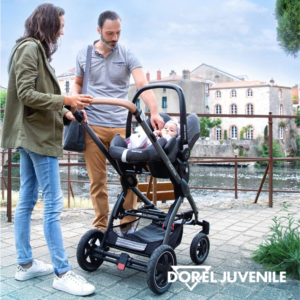 How can Dorel Juvenile (Maxi-Cosi) prepare for the future of strollers & car seats in the urban mobility context?
How can Dorel Juvenile (Maxi-Cosi) prepare for the future of strollers & car seats in the urban mobility context?
12 families
5 experts
2 countries
(Germany & UK)
Dorel Juvenile is a global leader in the production of high-quality juvenile products, including the Maxi-Cosi brand. Urban mobility behaviours are changing quickly; new technologies, government regulations, socio-economic factors and environmental concerns all present challenges and opportunities for Dorel. To create innovation roadmaps for products that have long development periods, Dorel must overlay the needs, priorities and mindsets of parents on-the-move with insight into how they are likely to change. As environmental concerns inspire 15-minute cities, which are more pedestrian and cycle-friendly, how will that impact car ownership and the need for car seats? If autonomous vehicles mitigate human errors on the road, will car seats ‘as we know them’ even be a necessity? Or could different design features better serve altered user needs in the future? What opportunities to design new products does the future of mobility present?
Our mobile ethnography and in-depth participant interviews sought to understand interactions, motivations and concerns with modes of family transport beyond strollers and car seats. These insights, together with input from experts, were developed into a ‘New Mobility Context Report’, which formed the basis of stakeholder workshops. We designed the workshop sessions and moderated them remotely, before synthesising the outputs, validating them with qualitative testing, and building them into a robust innovation roadmap. Our ongoing work with Dorel allows the business to unlock more award-winning, impactful product innovations that have optimal relevance over time.
Read more about our work with Dorel HERE.
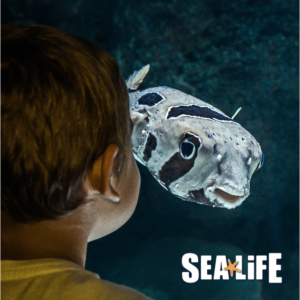 How can the global Sea Life brand continue to exceed family entertainment expectations and attract the repeat-visit loyalty of local families?
How can the global Sea Life brand continue to exceed family entertainment expectations and attract the repeat-visit loyalty of local families?
6 workshops
4 countries
(Australia, USA, New Zealand, UK)
Sea Life is a multi-national chain of sea life-themed aquarium attractions (including standalone Sea Life centres and mini Sea Life features within resort theme parks), owned by the British company, Merlin Entertainments. As such, Sea Life has a global audience and local audiences relevant to each of its regional venues. Category shifts relating to family travel and leisure time are constantly changing and are influenced by global and local trends, needs, motivations and other brands and businesses competing for time and attention. The goal of this project was to identify concepts for new exhibits and themes that would work both at a global level and within the context of each local market’s culture, amidst a backdrop of ever-changing expectations for family entertainment.
We designed a series of co-creative workshops that were implemented across Sea Life’s key markets, facilitating curated conversation and collaborative ideation with recruited participant families. We synthesised the workshop outputs to reveal culturally specific insights, and examined them within the context of a broader analysis of family leisure/entertainment trends. The insights revealed by intO’s workshops inspired ideas for specific entertainment activities and exhibitions that could be enjoyed by visitors worldwide. Our findings also identified simple adaptations that could be made to serve the unique requirements of each local market and meet varying consumer expectations across different regions.
Read more about our work with Sea Life HERE.
Consumer shifts: Inspiration from new audiences (Skyscanner)
 How can Skyscanner better understand its growing audience of inexperienced travellers with wanderlust?
How can Skyscanner better understand its growing audience of inexperienced travellers with wanderlust?
220 travellers
10 countries
(Australia, Germany, India, Netherlands, Russia, Spain, South Korea, Taiwan, USA, UK)
Skyscanner is a metasearch engine and travel agency. The site is available in over 30 languages and has over 100 million active users per month. The Skyscanner brand has established the business as a global search engine for flights. However, as travel was becoming more accessible to less confident, inexperienced travellers, there was an ambition to evolve this positioning and become known as an inspiring, trusted travel partner. This project focused on connecting multiple Skyscanner stakeholders from around the world with the future reality of travel – and Skyscanner’s opportunity to serve its audience as a travel concierge.
Our research began by comparing user perspectives about Skyscanner’s brand and features with those belonging to internal stakeholders from each of Skyscanner’s international offices. A qualitative insights sprint across ten countries followed, consisting of trends analysis and in-depth interviews with 220 travellers (our favourite being with a lady from India who had never travelled, but whose life ambition was to visit the Himalayas). This identified compatibilities and differences that enabled the Skyscanner team to define unified objectives for the brand during engaging stakeholder workshops. By interpreting the context of travel-related products and services, and analysing travel patterns in ten countries, intO was able to present strategic opportunities for Skyscanner. Just as crucially, the work delivered a springboard for the brand transformation process and motivated active engagement amongst Skyscanner stakeholders around the world.
Read more about our work with Skyscanner HERE.
Trend shifts: Inspiration from new trends
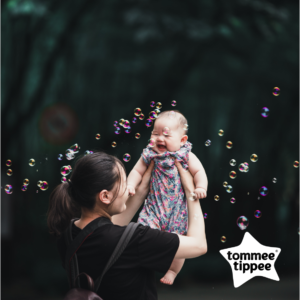 How should Tommee Tippee capitalise on shifting trends in the diaper category in China?
How should Tommee Tippee capitalise on shifting trends in the diaper category in China?
12 families
2 regions
(Shanghai, Beijing)
Tommee Tippee is a UK-based brand with a global presence that offers a huge range of simple, intuitive baby products.
Toilet training used to begin from birth in China, but a rapid trend for child-led training (motivated largely by a hygiene-focused public health campaign prior to the Beijing Olympics) meant that the baby nappy market in China was expected to fast overtake the US market share of global nappy sales. Tommee Tippee already sold two diaper disposal systems (Sangenic Tec and Simple Sangenic) in the UK, EU and Japan. However, a deeper understanding of consumer behaviour in China was required to assess the market opportunity with confidence.
Our research with families in Beijing and Shanghai focused on understanding nappy changing routines, how the product category was regarded, how well the Sangenic products might be received, and how sociocultural influences behind these perceptions could be leveraged for future marketing and communications in China. intO recruited 12 families across two target consumer groups, and managed a three-part research process. Phase one comprised a mobile ethnographic study of current changing routines, phase two deployed a contextual usability test of both Sangenic products within participant homes, and phase three involved in-depth participant interviews that sought to understand behavioural drivers.
intO’s research revealed strong product potential for both Sangenic products in China, but made specific recommendations about how the design of the products and packaging could be changed to optimise the opportunity. One important insight revealed that Chinese users found the rotational motion of the Tec® unfamiliar and unintuitive. Future product development opportunities were identified, and priority next steps for design and testing were recommended. The subsequent product launch in China was a huge success for Tommee Tippee and the brand is blazing a trail in the children’s health and hygiene category with key retailer listings.
Not surprisingly, our recent conversations with Tommee Tippee have revealed that the pandemic’s enforced lockdown in China presented a new trend shift. As many young families in China live in high rise apartment buildings, restrictions on leaving the home meant that fewer were regularly passing communal garbage disposal facilities. This led to a surge in demand for products like Sangenic as parents sought to keep their homes hygienic and odour-free.
We hope this article has helped to introduce the ways in which we study contextual shifts across culture, categories, consumers and trends. To learn more about contextual shifts, please read our Global Strategy Director, Onika Simon’s article, How we INSPIRE: When the answer is a spectrum of possibilities.
If you’d like to know more about how we present clear and relevant possibilities that justify further exploration with our INSPIRE offer, please email Onika Simon – Onika@studio-into.com or download our INSPIRE guide HERE.
Posted on April 26th, 2021
Strategy Publications Innovation Research

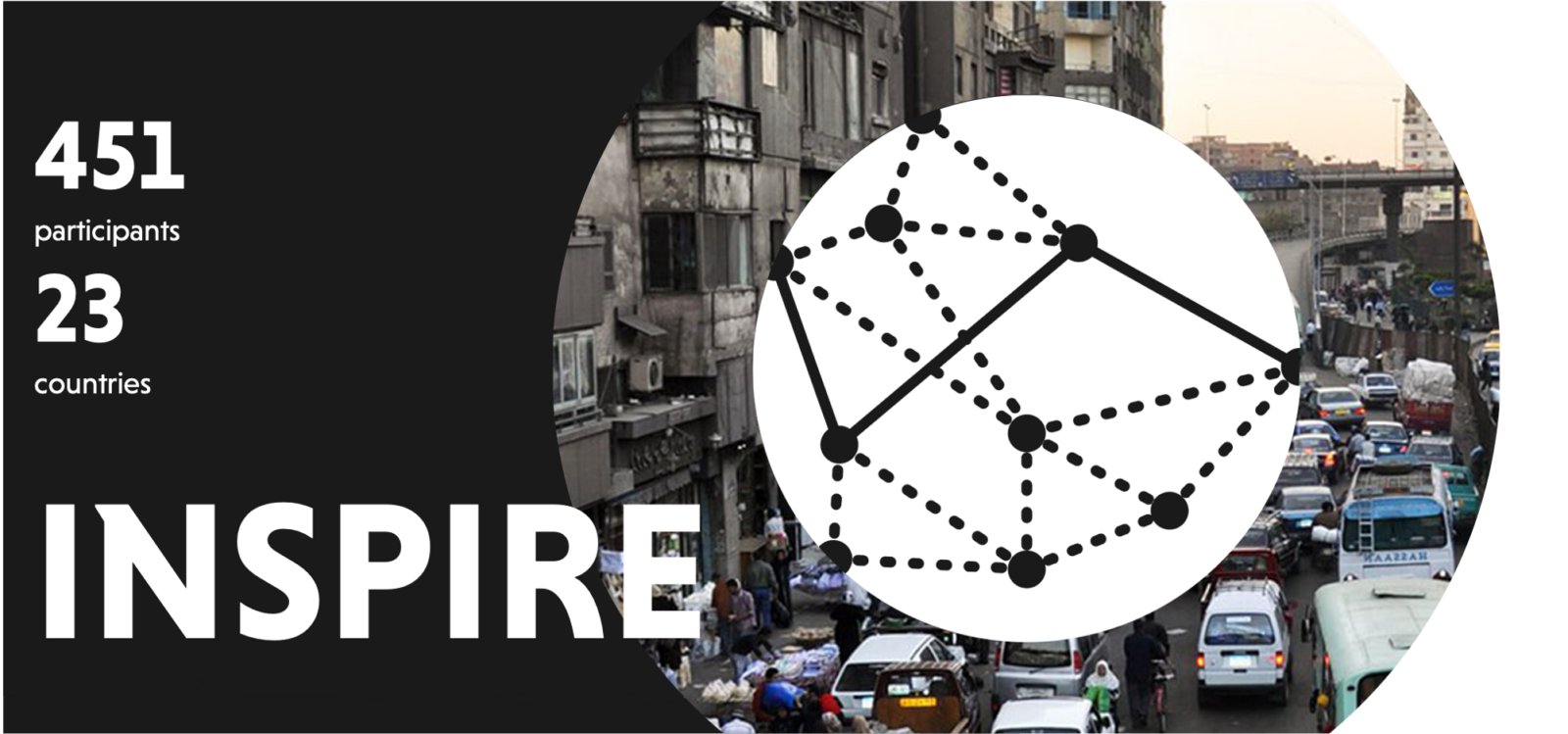

 How should falling driver sign-up rates in Egypt inspire Uber to develop its global product?
How should falling driver sign-up rates in Egypt inspire Uber to develop its global product? How can Dorel Juvenile (Maxi-Cosi) prepare for the future of strollers & car seats in the urban mobility context?
How can Dorel Juvenile (Maxi-Cosi) prepare for the future of strollers & car seats in the urban mobility context? How can the global Sea Life brand continue to exceed family entertainment expectations and attract the repeat-visit loyalty of local families?
How can the global Sea Life brand continue to exceed family entertainment expectations and attract the repeat-visit loyalty of local families?  How can Skyscanner better understand its growing audience of inexperienced travellers with wanderlust?
How can Skyscanner better understand its growing audience of inexperienced travellers with wanderlust?  How should Tommee Tippee capitalise on shifting trends in the diaper category in China?
How should Tommee Tippee capitalise on shifting trends in the diaper category in China?
